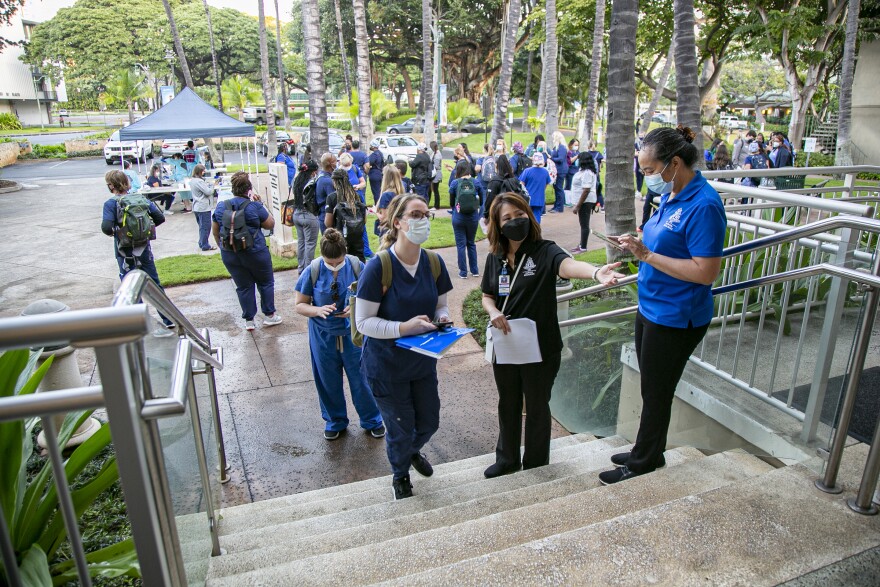Hawaiʻi still has a shortage of health care workers. While it’s not a new problem, there are some different approaches now being taken by leaders both at hospitals and in higher education.
PBN recently sat down with top executives from three major hospital systems and three universities to learn more about Hawaiʻi’s shortage of health care workers.
For The Queen’s Health Systems, Kaiser Permanente Hawaiʻi and Hawaii Pacific Health, it isn’t just doctors and nurses that are hard to come by. It’s everything from surgical techs to clerical help to housekeeping as they grapple with the same labor shortage felt statewide.
Universities have responded to meet the need.
Chaminade University, which already had a strong nursing program, has increased its number of graduates from 50, five years ago, to 120 today.
At Hawaiʻi Pacific University, entirely new degree programs have been created, such as a doctorate in physical therapy, as well as new advanced degrees in clinical and mental health specialties.
HPU Provost Jennifer Walsh said that it takes about two years to get a new program started.
Jerris Hedges, dean of the UH John A. Burn’s School of Medicine, says his program graduates about 80 new doctors a year and has been coordinating more with the hospitals on their residencies.
Hedges says one challenge for the entire industry is its ability to absorb all the new graduates, of all kinds.
Their on-the-job training often requires the involvement of the very physicians who are in short supply.



